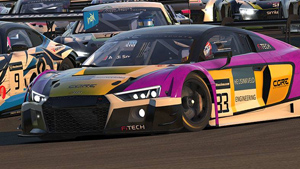 Meet Alexander Voß: one of the top drivers in endurance sim racing, and driver of CORE Motorsports, a sim racing team that uses VRS, and a team that is making inroads in iRacing’s competitions, coming second in last year’s Blancpain Endurance Series, and winning the iRacing VLN championship, as well as the ADAC Sim Racing Trophy.
Meet Alexander Voß: one of the top drivers in endurance sim racing, and driver of CORE Motorsports, a sim racing team that uses VRS, and a team that is making inroads in iRacing’s competitions, coming second in last year’s Blancpain Endurance Series, and winning the iRacing VLN championship, as well as the ADAC Sim Racing Trophy.
Can say you something about yourself?
My last name Voß often leads to confusion, thanks to the traditional German ‘ß’ capital. Basically this is a ‘sharp s’ and means no more than double s, not a b. I’m a 27-year-old IT specialist, and I live in Paderborn, Germany. In my spare time I’m usually watching Borussia Dortmund, doing weight training, and obviously sim racing.
How did you get started in sim racing?
I started sim racing in my early childhood, with titles like Geoff Crammond’s Grand Prix Series. From there I moved to GTR, GTR2, rFactor, Race 07, and I almost raced every single sim out there, except Live for Speed.
I was always fascinated by comparing myself against other players, as I’m searching for competition. Even when online sim racing was in its early stages (at the end of the 90’s), offline leaderboard competitions gave that opportunity. I wanted more and more, and that’s how it’s like today at iRacing!
When did you start to use telemetry?
I started to use telemetry in rFactor and GTR2. Even then it was to get some kind of advantage over the competition. As a team we helped each other and tried to find ways to compare racing lines, and to improve the setup, especially on tyre degradation.
How did CORE Motorsports form, and where you part of it? Or how did you join?
I joined CORE Motorsports in 2013, when the team had huge success in the German competitions of rFactor. Since then the team had a lot of breaks, changes and new management, but since last year we’re an associated non-profit organisation, and have built a very strong relationship over the last years, which makes us very proud!
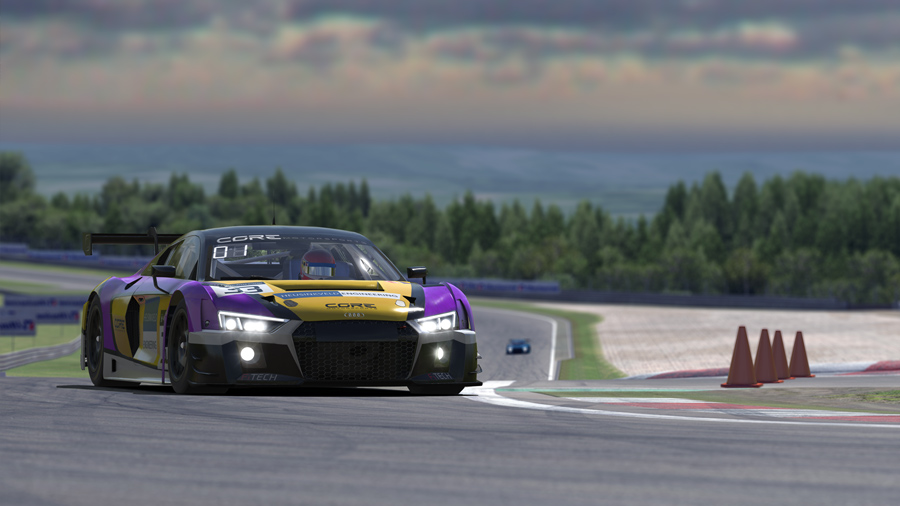
How does CORE use VRS?
VRS evolved to a very important tool for our team. For already a year now there hasn’t been a single race where we didn’t use it. After talking to some VRS coaches, it was clear to me that VRS takes care of the data which the telemetry logger is capturing. That gives us security in terms of setup data and related stuff not everybody should maybe get their fingers on.
Since we’re using VRS it’s a lot easier for us to be aware of other drivers problems within the team, to find weaknesses and to see where you can improve yourself. For now VRS is indispensable in our daily use, as it’s a lot easier to handle than telemetry Tools like MoTec and Atlas. Due to real life commitments we usually start with preparation a few days before a race, which leads to the point that telemetry usage is a huge factor for us to be time effective. Gone are the days when ‘hotlapping’ was the only method to improve your laptime.
Are there different driving styles within the team?
For sure the driving styles in our team varies from driver to driver. For example, a huge factor in endurance races is fuel usage. I’m known as someone who’s always burning lots of fuel, but by using telemetry it was easy for me to copy Nils’ (my teammate) driving style and let the car roll more, brake less, and therefor reduce fuel consumption and tyre wear when necessary.
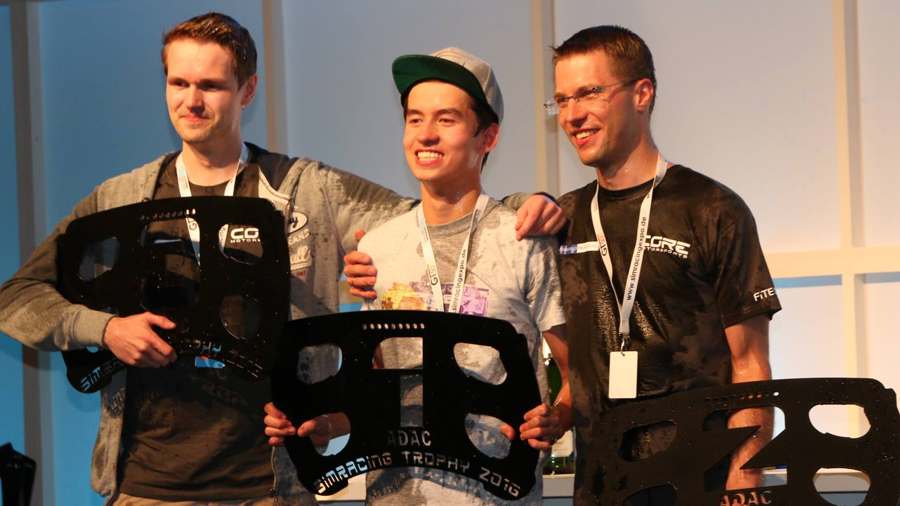
What are your hopes on the 2017 season?
Sim racing is always about competition and success. But as a team we don’t want to lose the focus to the most important thing, which is clearly the fun we have to race against other competitors and top-tier teams. We don’t do sim racing to earn prize money, although it’s certainly a nice propulsion to invest more effort than we’d normally do. But in general, our focus is to strengthen the team spirit, continuously improve our racecraft and compete in the WCS Series and other highly competitive endurance races.
We’re looking forward to the next years, and we surely hope that sim racing itself will also continue to grow as an eSport!
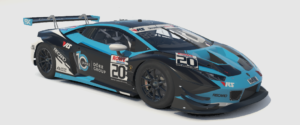 VRS is happy to announce our new partnership with Dörr Esports founded in early 2021 by the Dörr Group, one of the biggest sports car dealerships worldwide with brands like McLaren, Lamborghini, Aston Martin, and more in their portfolio. They also have a dedicated motorsports team – Dörr Motorsport – currently competing in the ADAC GT4 Germany as well as supporting a kart team with Kart Republic.
VRS is happy to announce our new partnership with Dörr Esports founded in early 2021 by the Dörr Group, one of the biggest sports car dealerships worldwide with brands like McLaren, Lamborghini, Aston Martin, and more in their portfolio. They also have a dedicated motorsports team – Dörr Motorsport – currently competing in the ADAC GT4 Germany as well as supporting a kart team with Kart Republic.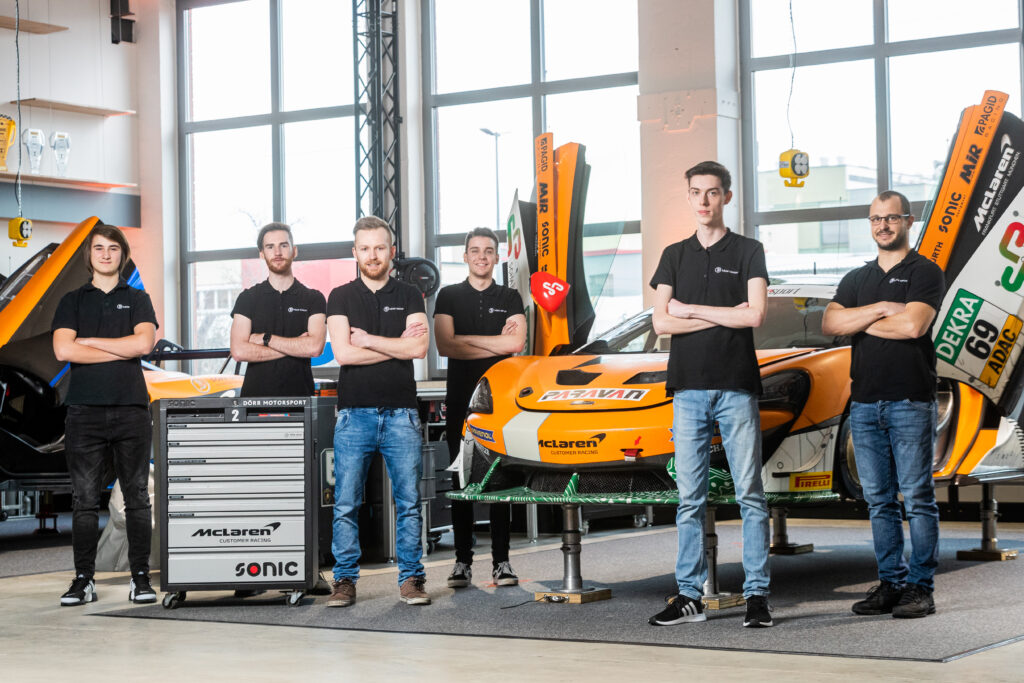 Together with Florian Hasse, Bence Bánki, Michael Rächl and Nico Nünninghoff plus their two real life drivers Christer Jöns and Ben Dörr the team has won two championships including the ADAC GT Masters Esports Championship and the CUPRA SimRacing Series, won multiple races and wanting to expand their team and commitment to different platforms as well.
Together with Florian Hasse, Bence Bánki, Michael Rächl and Nico Nünninghoff plus their two real life drivers Christer Jöns and Ben Dörr the team has won two championships including the ADAC GT Masters Esports Championship and the CUPRA SimRacing Series, won multiple races and wanting to expand their team and commitment to different platforms as well.
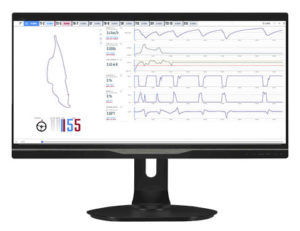 Each VRS datapack consists of data from all relevant iRacing circuits with a setup, telemetry and a replay file from Pro drivers in the current season (Season 3, 2017). With datapacks, you can easily compare your own racing and consequently improve.
Each VRS datapack consists of data from all relevant iRacing circuits with a setup, telemetry and a replay file from Pro drivers in the current season (Season 3, 2017). With datapacks, you can easily compare your own racing and consequently improve.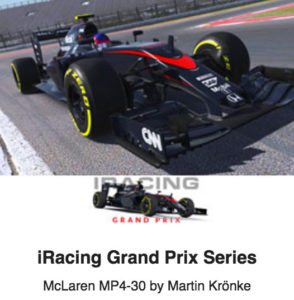
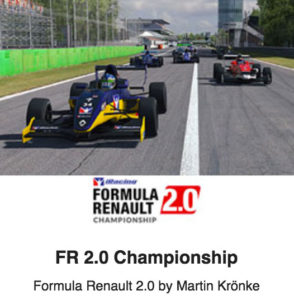
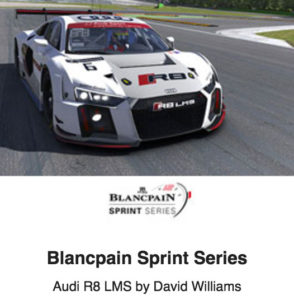
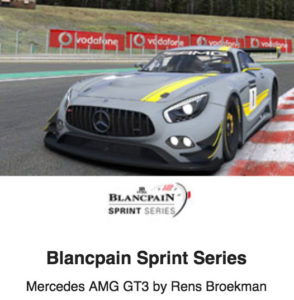
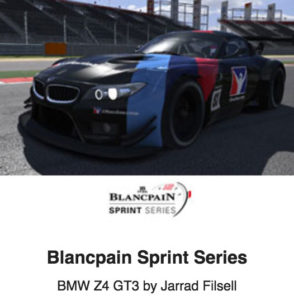
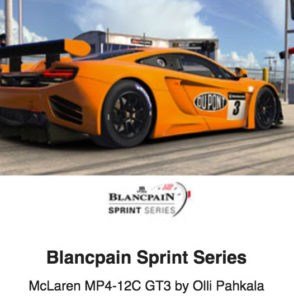
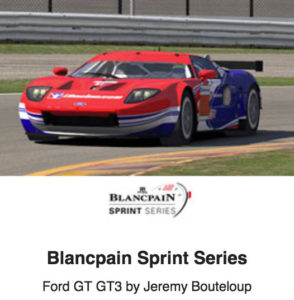
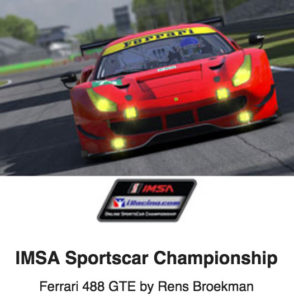
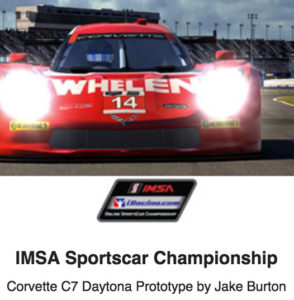

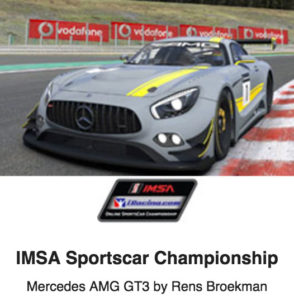
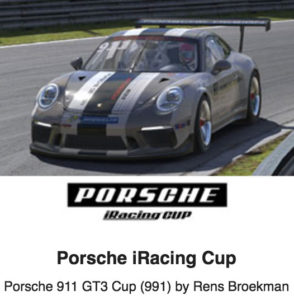
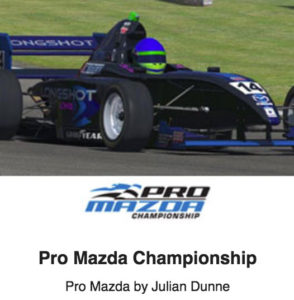
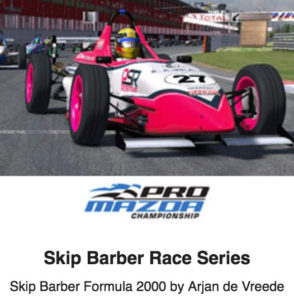
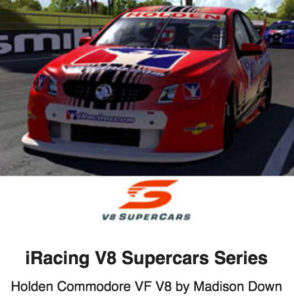
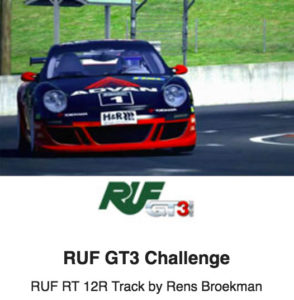
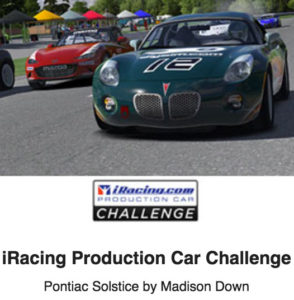
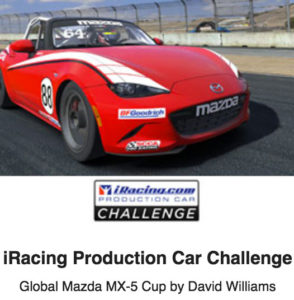
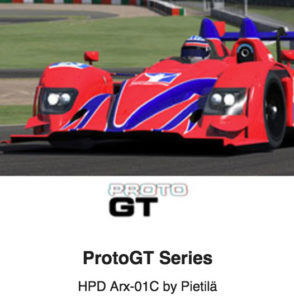

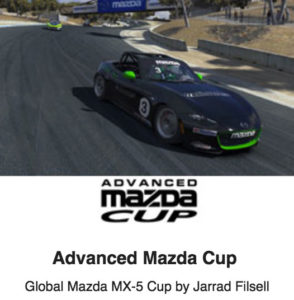
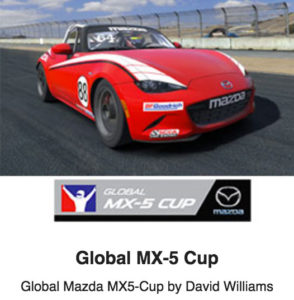
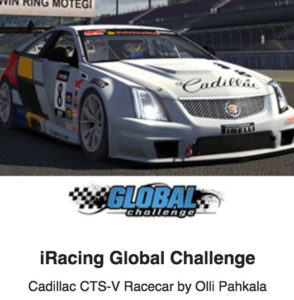
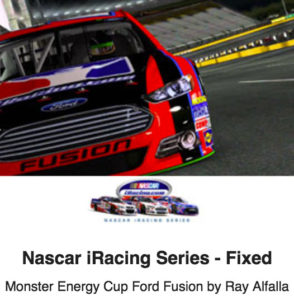
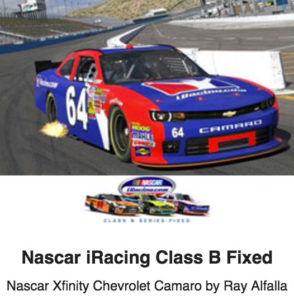
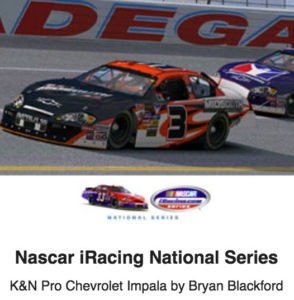
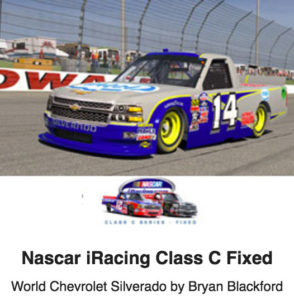
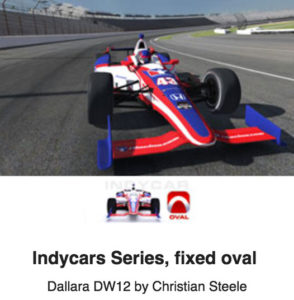
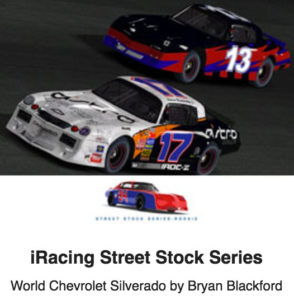
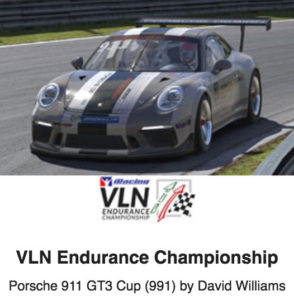


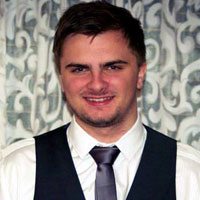

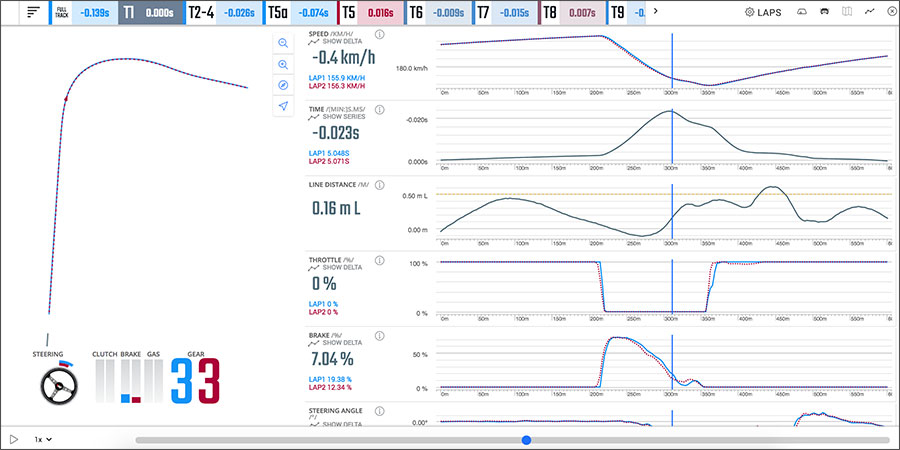
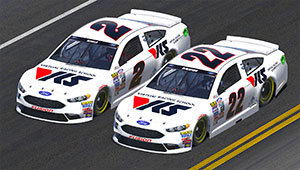 With the growth of VRS and the positive feedback that we’ve received on our driver improvement software from road competitors on iRacing, we’ve been frequently asked when ovals would be covered by the VRS platform. One requirement for us was always to work with the best coaches, to allow our users to compare their data against the best drivers on iRacing. If that wouldn’t be possible, why bother?
With the growth of VRS and the positive feedback that we’ve received on our driver improvement software from road competitors on iRacing, we’ve been frequently asked when ovals would be covered by the VRS platform. One requirement for us was always to work with the best coaches, to allow our users to compare their data against the best drivers on iRacing. If that wouldn’t be possible, why bother?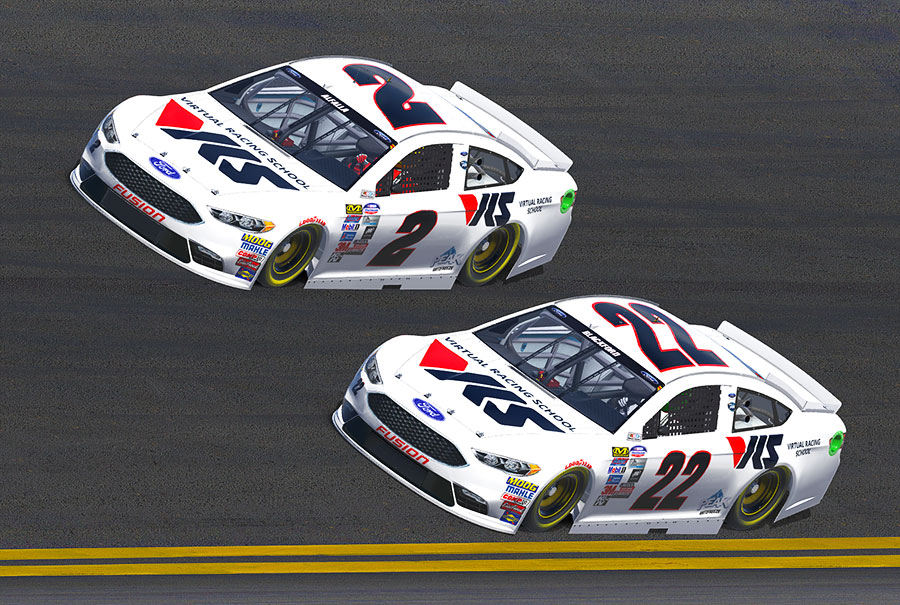
 Meet Alexander Voß: one of the top drivers in endurance sim racing, and driver of CORE Motorsports, a sim racing team that uses VRS, and a team that is making inroads in iRacing’s competitions, coming second in last year’s Blancpain Endurance Series, and winning the iRacing VLN championship, as well as the ADAC Sim Racing Trophy.
Meet Alexander Voß: one of the top drivers in endurance sim racing, and driver of CORE Motorsports, a sim racing team that uses VRS, and a team that is making inroads in iRacing’s competitions, coming second in last year’s Blancpain Endurance Series, and winning the iRacing VLN championship, as well as the ADAC Sim Racing Trophy.

